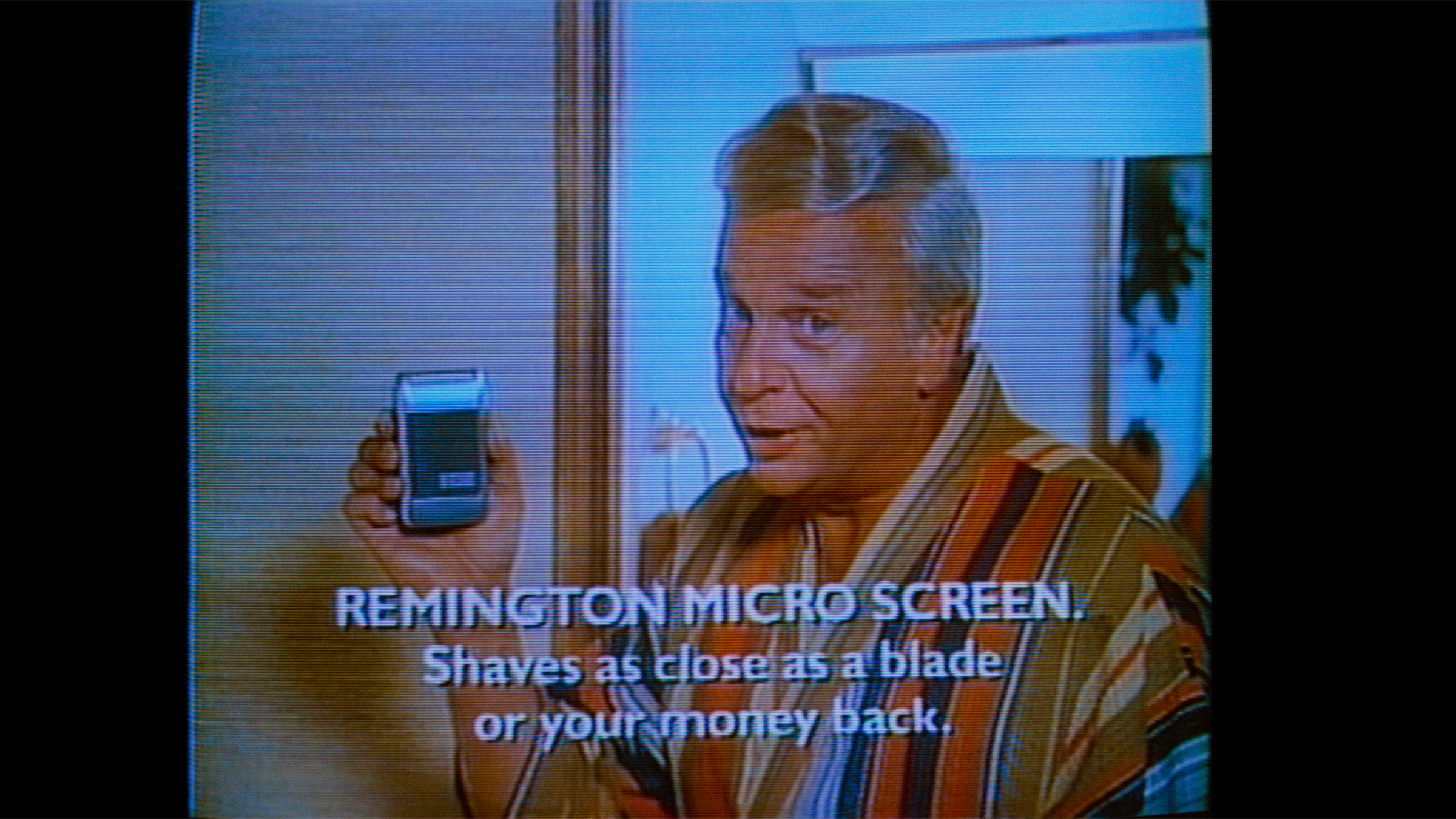True Stories: Everybody Has Tones

True Stories, David Byrne’s 1986 paean to American eccentricity and ordinariness, called to me from the shelves of a video store in Austin, Texas. Subtitled “A Film About a Bunch of People in Virgil, Texas,” True Stories is not “true” in a literal sense. Its multiple and surreal narratives were largely lifted from stories in tabloids that Byrne collected while on tour with his band Talking Heads, and you will find no such town as Virgil on a map. It was fifteen years after its release, well into its cultish afterlife on VHS, that I first watched it. And yet, with its small-town rituals and besotted computer engineers and yodelers and healers and politicians, and with the plaintive, earnest, and divergent music that reverberates across its vast landscapes, the film cracked open the profound strangeness of the state I’d just moved to in a way that nothing else I’d seen had. True Stories is a film about Texas and about America, too—about freeways and strip malls and shopping malls but also about the peculiar ways human beings seek communal experiences in an increasingly isolating and polarized world, about how we square our understanding of who we were and who we are against the dream of who we want to be.
Deeply funny and free-spirited, True Stories is a nuanced, acutely perceptive mosaic of a film, a merging of comedy and music and art. In a vein similar to Robert Altman’s Nashville (an influence on Byrne), it is highly attuned to place, transporting us to a present-day reality where the computer corporation Varicorp is king, employing many of the staunchly individualistic souls who live in Virgil. Plotwise, it is deliberately loose. A stranger (Byrne) visits the town and becomes briefly enmeshed in the lives of the people he meets there, as they prepare for a sesquicentennial festival called the Celebration of Specialness—to involve a street parade of Shriners and baton twirlers and accordionists; a fashion show, held in a shopping mall, with children dressed like adults and adults dressed like trees; and a talent show of auctioneers and singers and line dancers. In essence, True Stories is itself a celebration of specialness.
This was Byrne’s first and only narrative feature film, perhaps an inevitable step for an artist who is best known as a musician but is wide-ranging in his interests and generous in collaboration, across mediums and genres. At the time of True Stories’ premiere, the editors of Time commissioned Byrne to create his own self-portrait for the magazine’s cover, on which they christened him—the cowriter, director, and star of the film—“Rock’s Renaissance Man.” He was thirty-four years old and more than a decade into making art and music that both exalted the ordinary and appreciated the unconventional. He had enlisted painter Robert Rauschenberg, as well as the folk artist and Baptist minister Howard Finster, to make cover art for Talking Heads. He was deeply influenced by the work of graphic designer Tibor Kalman, whom he had previously collaborated with and would commission to render the titles and the history-of-Texas slide-show sequence for True Stories—strong, modern interpretations of tabloid-magazine typography. Both with his band and on his own, he’d forged collaborative relationships with Jonathan Demme (whose unforgettable Talking Heads concert film, Stop Making Sense, had come out in 1984), Brian Eno, and Philip Glass, and he had recently composed scores for both choreographer Twyla Tharp and avant-garde theatrical artist Robert Wilson, whose antinarrative style informed the making of True Stories.







